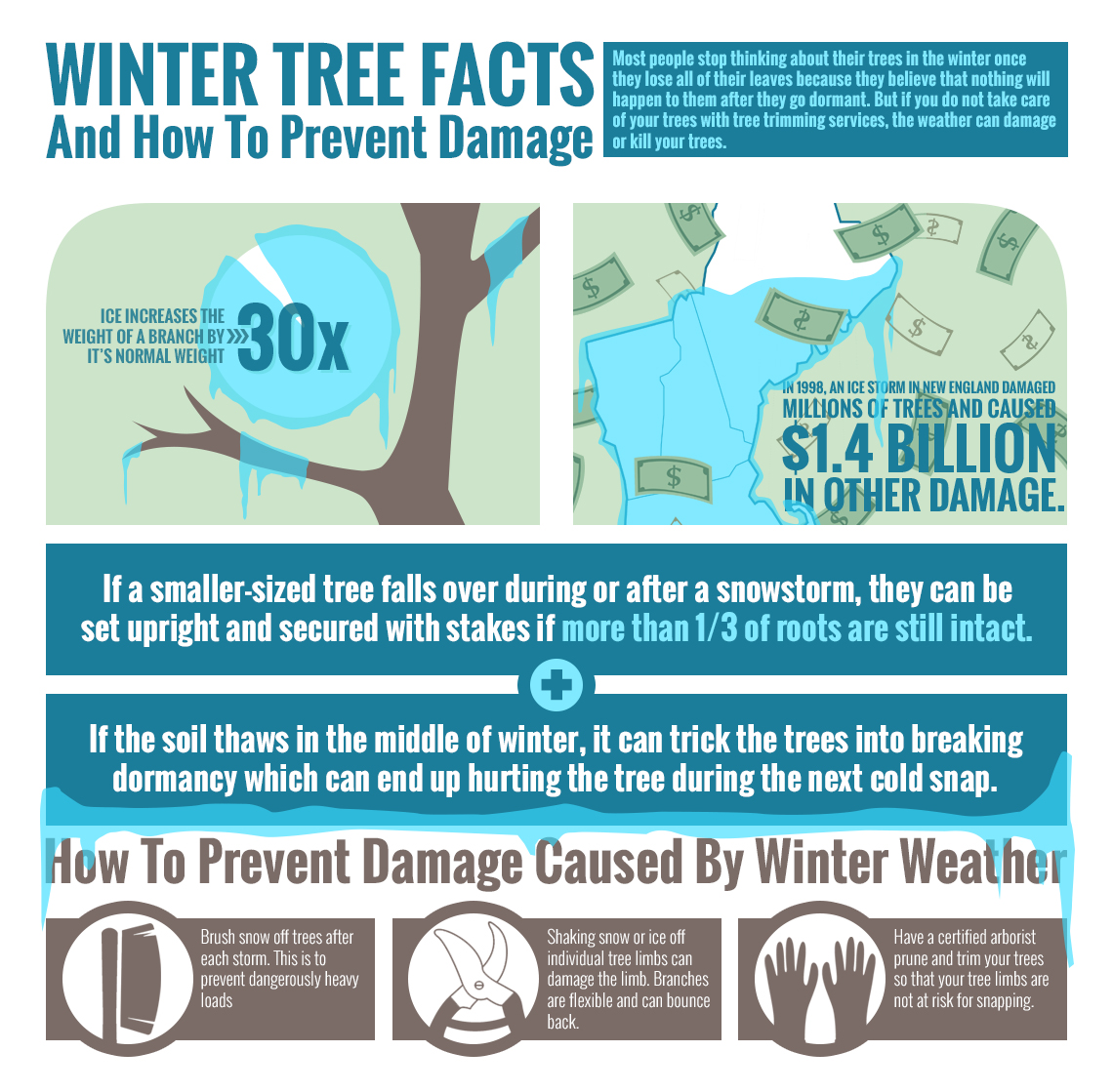Signals That It's Time To Get Rid Of A Tree: Identifying Unsafe Trees
Signals That It's Time To Get Rid Of A Tree: Identifying Unsafe Trees
Blog Article
Post By-Vogel Skovsgaard
When it pertains to tree care, acknowledging the indications that it's time for removal is vital for your safety and residential property. You might notice discolored fallen leaves, wilting branches, or strange fungal growths suggesting health issue. Structural problems, like a substantial lean or splits in the trunk, can also pose threats. Understanding these indication can help you make notified choices concerning your trees and prevent potential dangers lurking in your backyard. What should you look for following?
Indications of Degeneration and Illness
When you observe signs of degeneration and disease in your trees, it's critical to act swiftly. Try to find tarnished fallen leaves, wilting branches, or uncommon developments like fungi. https://www.treehugger.com/landscape-ideas-people-who-arent-good-plants-4863643 can suggest that your tree is having a hard time.
If you see splits in the bark or soft, mushy wood, these signs suggest internal decay. Additionally, an unexpected boost in bugs around your tree can signify that it's weakened and at risk.
Look for any kind of dead or dying limbs, as they present a risk to your building and safety and security. If you doubt concerning what you see, consulting an arborist can supply clarity.
Attending to these indicators early can save you from much more comprehensive damages and make sure the health and wellness of your lawn. Don't wait until it's too late.
Structural Instability and Leaning
As you observe your trees, keep an eye out for any indicators of architectural instability or leaning. If a tree leans dramatically, it may indicate that the origin system is endangered.
Try to find any cracks in the trunk or soil around the base; these can signal possible failing. Additionally, look for unusual growth patterns, like an uneven crown, which may suggest that the tree is struggling to hold itself upright.
If https://knoxrlfzt.blogproducer.com/42438858/dive-into-the-essential-steps-associated-with-tree-stump-elimination-and-discover-the-main-factors-that-may-affect-your-choice-to-continue discover that the tree leans toward your home, high-voltage line, or various other structures, it positions a greater threat. Do not ignore these indications-- speak with an arborist to examine the scenario.
Taking action early can stop pricey damage and guarantee your safety and security.
Dead or Perishing Branches and Foliage
If you notice dead or dying branches and foliage on your tree, it's a clear indication that something's wrong.
These harmful areas can indicate underlying issues like illness, bug problems, or environmental anxiety. When branches shed their leaves or transform brownish, they're no more adding to the tree's health and wellness. Disregarding these indicators might bring about more decline, making your tree a lot more harmful.
Dead branches can quickly break short throughout storms, presenting a risk to residential property and people close by. It's essential to evaluate the extent of the damages.
If the trouble affects a significant part of the tree, consider speaking with an expert. They can help establish if elimination is needed to make certain security and maintain the elegance of your landscape.
Verdict
If you notice any type of indications of degeneration, architectural instability, or dead branches on your trees, don't overlook them. These indicators can posture serious safety and security dangers to you and your building. It's always best to consult an expert arborist that can give a professional assessment of your trees. Doing something about it early can avoid mishaps and costly damage, ensuring your landscape stays secure and healthy and balanced. Keep in mind, it's better to be proactive concerning tree treatment than to wait for a disaster to happen.
